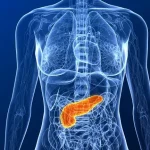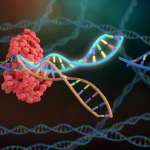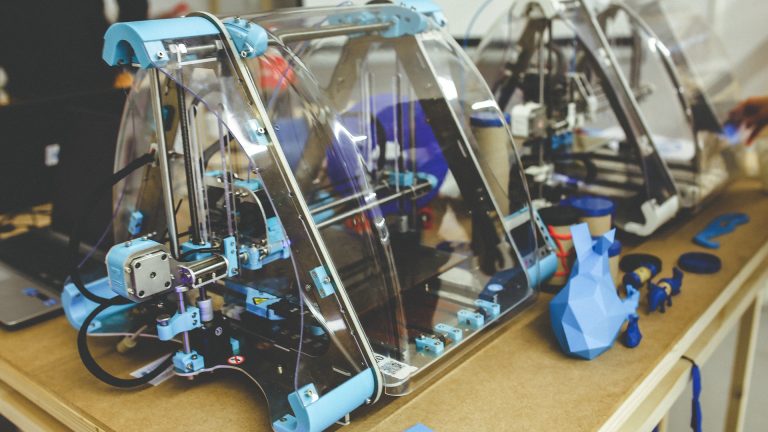by: Jose Avila
Imagine a world set in the future where technology has advanced so far that it is capable of carrying out complicated medical procedures with extreme precision. Imagine this world has found the key to better cancer treatments that are much more effective and have few negative after-effects.
Well, perhaps that future is a lot closer to us than we might believe. Researchers in the Bay Area are currently in the process of testing out the effectiveness of a novel technology that could potentially improve our treatment methods for cancer
Currently, cancer is becoming the leading cause of death in most developed nations, and despite attempts at developing more precise and targeted treatments, not much progress has been made. Chemotherapy is our best treatment method. It is done intra-arterially and is non-specific, which means that for many patients more than 50-80% of the injected drugs do not stay in the target organ. The excess drugs pass through the veins draining the organ and circulate throughout the body, which leads to adverse effects in locations that are distant from the treatment site. This causes long-term problems for a patient’s heart, lungs, nerves, kidneys, and reproductive organs.
Researchers from University of California, Berkeley and San Francisco have developed a porous cylindrical absorber with a 3D printed support structure. It captures the excess chemotherapeutic drugs by retrieving them after they bypass malignant tumors but before spreading through the body. The absorber is 5mm in diameter and 30mm in length and has a central hole that runs through it which allows for a device necessary for minimally invasive surgery to attach to it. At the ends of the hollow cylinder, there are square lattice structure that prevents hemolysis of blood cells. The pores of the cylinder are made of photoinduced cross-linking polyethylene glycol diacrylate (PEGA) and are coated with a block polymer. Both PEGA and the block polymer work together to collect excess chemotherapy drugs.
For this study, the group of researchers decided to run their experiments using doxorubicin. Doxorubicin is a common drug used for chemotherapy that is inexpensive and extremely effective at destroying tumor cells. It has a linear-dose response, meaning that the more doxorubicin you add to a tumor, the more tumor cells are destroyed. However, high-dose doxorubicin therapy has terrible adverse effects such as irreversible cardiac failure and the same is true for other chemotherapy drugs. Because of this, doctors are limited on the dosage they can give patients.
Fortunately, the 3D-printed absorber was designed to deal with this exact problem. The absorber is temporarily placed in the vein draining the organ undergoing intra-arterial chemotherapy infusion such that when excess chemotherapy drugs, such as doxorubicin, leave the tumor, the absorber can soak them up before they begin to spread throughout the body.
The design of the 3D absorber and its positioning showed a 64% absorbance of the administered drug without any noticeable side effects. Additionally, the animal models showed that doxorubicin binds irreversibly to the absorbers, meaning that once the drugs are caught in the pores of the absorber’s cylinders, there is no way for them to escape.
Bay Area scientists have also already theorized two ways to improve the effectiveness of the absorber. They can either increase the number of absorbers positioned in the draining vein of the target organ to increase the total surface area for drug binding or they can decrease the square lattice size to enhance drug capture.
This novel approach to cancer treatment is very promising and given that our 3D-printing capabilities in the professional world are farily efficient, it is not a stretch to state that these 3D-printed absorbers may soon be mass-produced for the public to use. Perhaps cancer may soon be a thing of the past.
Image credit: Karolina Grabowska









